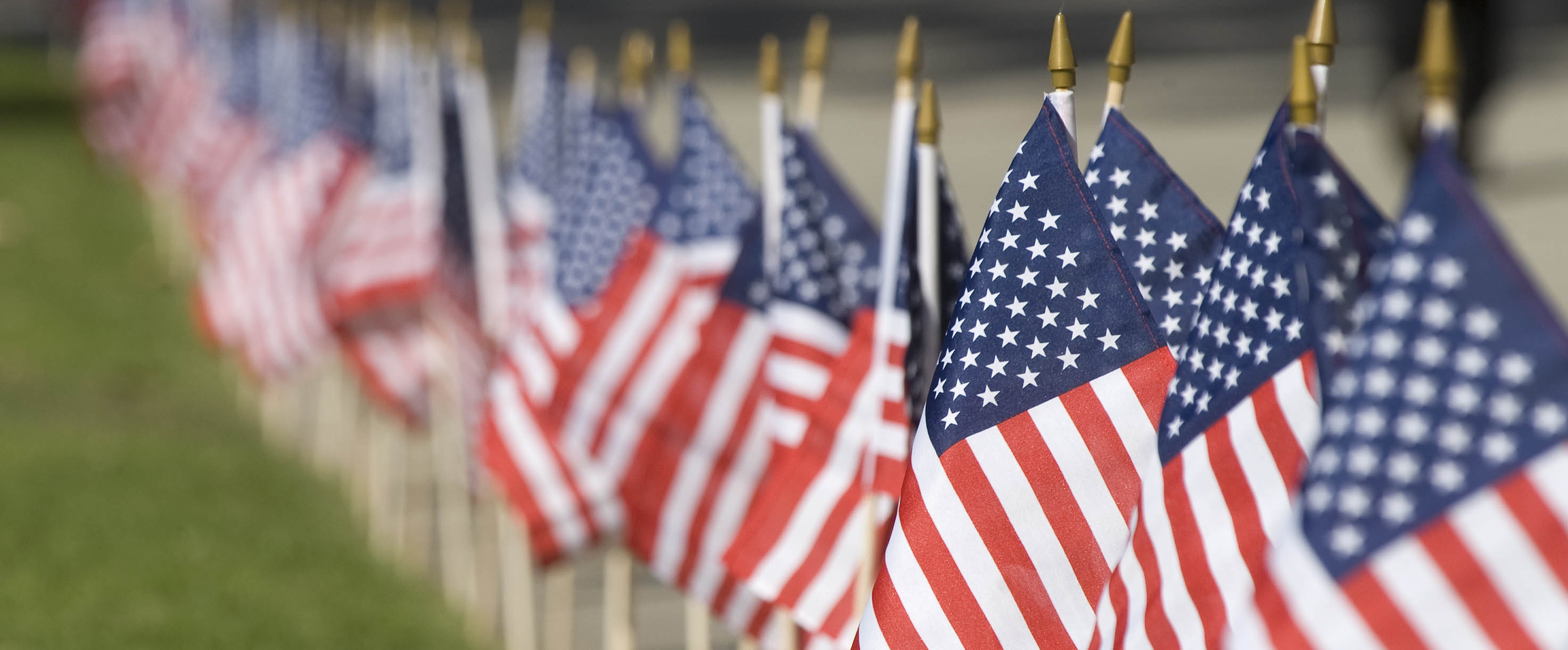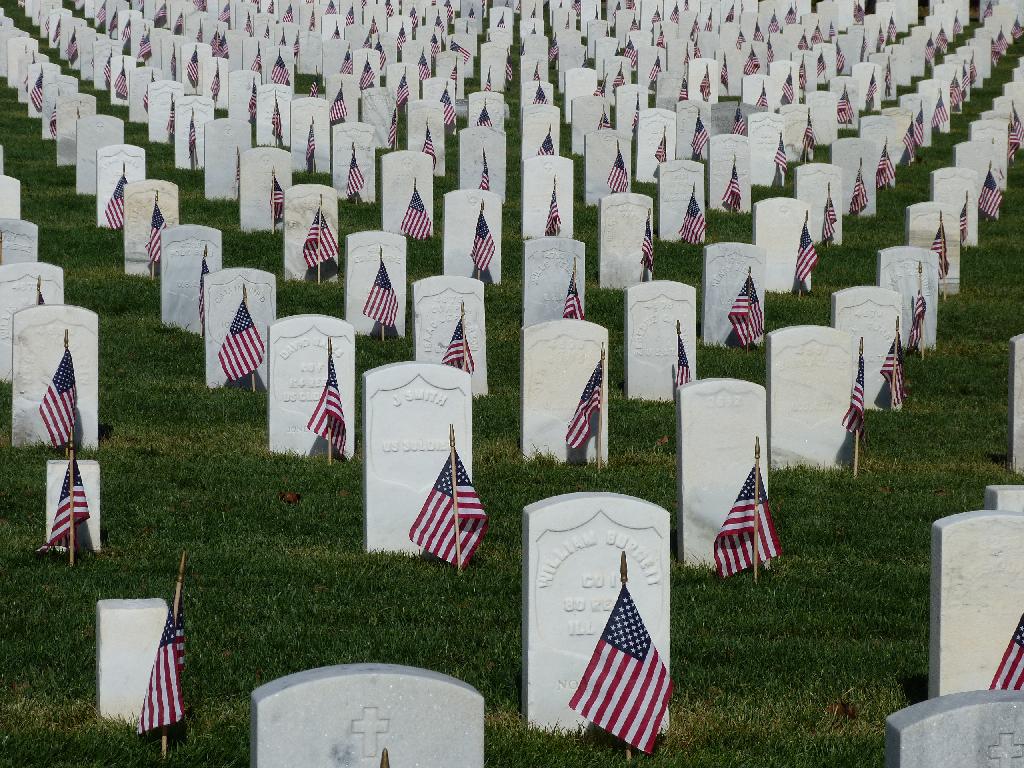
Explained: Refill & Track Prescriptions With The VA
Did you know that the Department of Veterans Affairs offers a prescription refill and tracking service? The VA Prescription Refill and Tracking tool lets you refill your VA prescriptions, track deliveries, and build lists to help you keep medications organized properly to best manage your health conditions. This tool is provided for eligible veterans and you…









